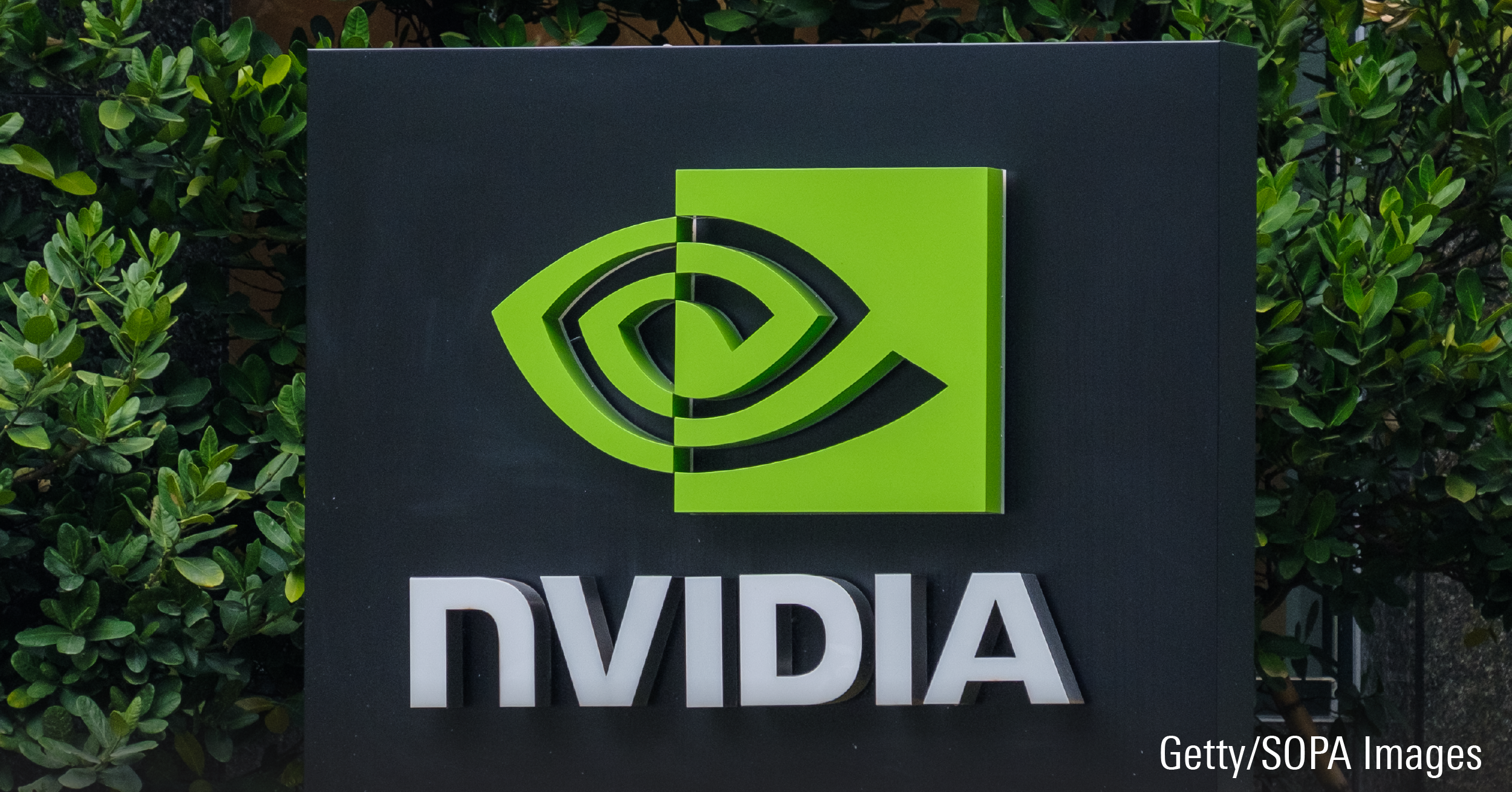Ashley Redmond: I'm Ashley Redmond for Morningstar.ca, and I'm here with associate analyst, Carr Lanphier.
Carr, thanks so much for joining me.
Carr Lanphier: Thanks for having me.
Redmond: Every month you put together two great lists for Canadian investors, the Canadian Income Buy list and the Canadian Income Core list. Both can be found on the Stocks page of Morningstar.ca.
Carr, what criteria do stocks need to meet in order to make each list?
Lanphier: So there are a couple of different things that we look at. One, we look at whether or not they have a moat. That's our measure of competitive position, and the stocks will either have a narrow or wide moat.
Second, we look at volatility. So, the stocks need to have at least a high volatility or below, so they can't be very high or extreme.
Third, we need them to be reasonably priced. So, if they're trading above our fair value estimate we say look for something else.
And then finally, we also look for some sector exposure limits, and so we will only let three of the companies on the eight company list be from one specific sector.
So, those are the qualifications for both lists. Individually, when we look at the Income list, we basically sort all of these companies that meet those criteria by the highest dividend yield and then cherry pick the top eight with the sector limits.
On the Core list we sort by the greatest discount to our fair value, so the most undervalued companies right now. And then we also require that they have a market cap of $5 billion or higher [to eliminate] really small companies.
Redmond: Okay. And do you only look at quantitative factors or are there qualitative factors that you look at too?
Lanphier: That's another really good question. When we look at the factors, there are a couple of elements that we try to bring in [that are] basically a qualitative element that we quantify, which is a bit confusing; we [look at] things like competitive advantage, management, and investment opportunities and [then try to] quantify that.
Redmond: Okay. And does the star rating influence your picks?
Lanphier: It does indirectly. The star rating tracks how closely the stock has been trading to our fair value, and we look at the same thing, [but we] don’t directly use the Morningstar star ratings.
Redmond: Is it fair to say that these two lists are basically model portfolios?
Lanphier: Yes, that’s a good way of looking at it. At the beginning of each month we reinvest our asset allocations and then track the performance based on that.
Redmond: For investors at home, how can they appropriately apply both of these lists to their research or even their own portfolios?
Lanphier: We recommend that they take a look at our lists as they come out at the beginning of each month, and then take note of the new names and the names that have gotten a little over-valued and have fallen off the lists as well.
Redmond: Great, thanks so much, Carr.
Lanphier: Thanks very much.
Redmond: To check out the Canadian Income Buy list and the Canadian Income Core list go to Stocks page of Morningstar.ca.




















